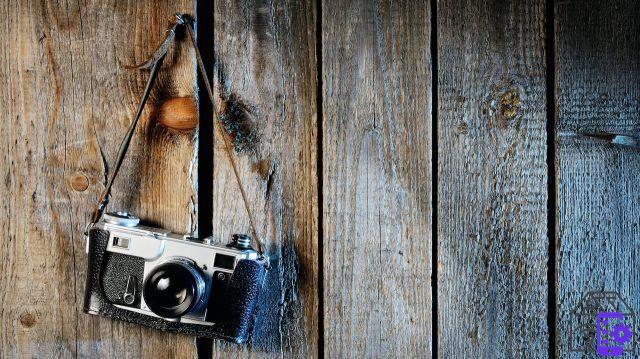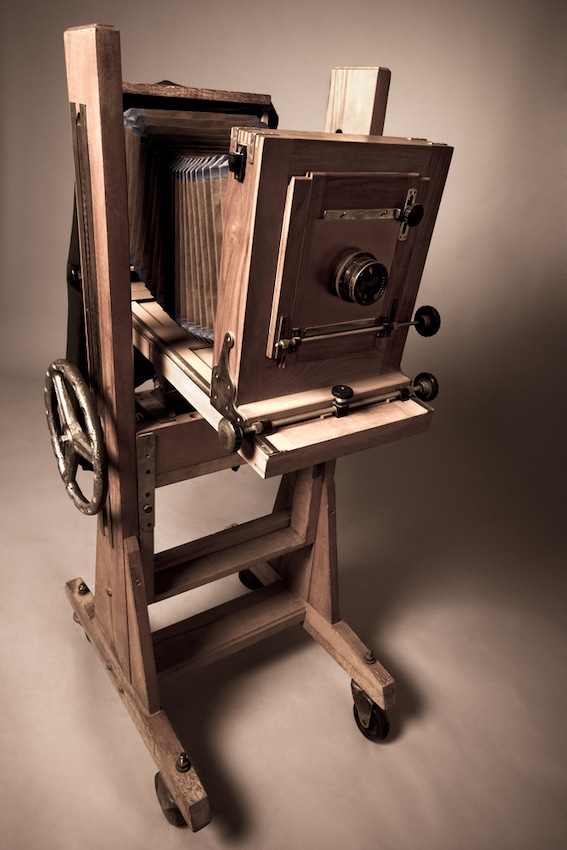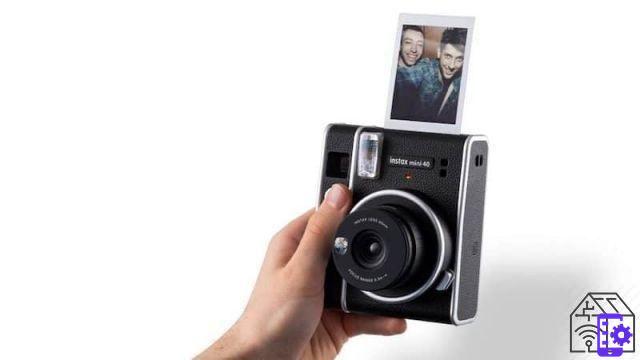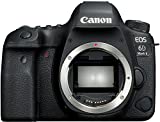
More than talking about how the camera has changed, we should sadly remember what it was like, since today it has been replaced by the smartphone camera. And now it is used almost only by professionals, passionate amateurs or - in some vintage models - by romantics eager to collect modern antiques.
But we trace the historical profile of an object capable of giving memories of happy moments, of immortalizing events often with more clarity and effectiveness than pages of essays or journalistic reports, and in the highest results of giving immortal works of art.
Camera or camera?
As always, let's start with the definition.
Smartphone manufacturers say well when they explain that that particular product has that specific camera among other features.
Because camera is the most precise name to indicate the optical instrument for photographic shooting. Or, if desired, a camera. But for decades it has taken the most colloquial camera, and we too will call it that: there are worse problems.

The ancestors of the camera
If it is true that the first reasoning on photosensitive materials dates back to Aristotle, and we owe the definition of camera obscura to Leonardo, it was at the beginning of the nineteenth century that the experiments with silver nitrate began and we set off in a great career to the creation of the camera.
To understand how the camera has changed, two dates preceding its invention are fundamental.
One is in 1657, when the Jesuit Kaspar Schott invents the camera obscura with focus, using two boxes, one of which slides inside the first. By moving it back and forth, it was possible to change the focus of the image.
The other is 1685, when the German Johann Zahn concretizes in a certain sense the idea of the Reflex camera. In practice, he had placed a 45 ° mirror inside a dark room that straightened the image coming from the lens and projected it straight onto a frosted glass, on which the painters rested the canvas and drew the landscape.
It is to him that, perhaps a little forcedly, some trace the invention of the camera.
The daguerreotype
To understand how the modern camera has changed, we need to start from the daguerreotype. This is the first photographic process for the development of images, which however are not yet reproducible. The French Louis Jacques Mandé Daguerre made it, developing an intuition of Joseph Nicéphore Niépce, and the scientist François Arago presented it to the public in 1839, at the Académie des Sciences and the Académie des Beaux Arts.
The first photograph fixed permanently, however, must be traced back to 13 years earlier. It was 1826 and the author was Joseph Nicéphore Niépce. It's called View from the window in Le Gras and technically it's a heliography. To make it, silver nitrate was used, and it took 8 hours of sun exposure.
The development of the daguerreotype
The daguerreotype, on the other hand, envisages a copper plate on which a layer of silver is applied, made sensitive to light by iodine vapors. Exposure varies between 10 and 15 minutes and development takes place via mercury vapors at 60 ° C. Fixing is finally achieved with a sodium thiosulfate solution.
The relatively short lead time of the daguerreotype will give way to commercial photography.
Towards the modern camera
The nineteenth century is a century full of inventions that explain how the camera has changed up to the modern camera.
In 1835 William Henry Fox Talbot created the method called calotype, based on the use of a paper negative: here is the possibility of creating several copies starting from a matrix. Thus was born digital photography.
More or less successful inventions characterized the following decades, and color photographs also began to be theorized. But 1888 is the year of the turning point.
Between the nineteenth and twentieth centuries
To understand how the camera has changed we have to move to Rochester, New York, in 1888. There Eastman Kodak Company is born, better known as Kodak. And he immediately presented himself with a revolutionary object: a photographic device with a film that allowed up to 100 images to be taken.
From here on we go in a hurry: in 1891 the French physicist Gabriel Jonas made the first true single-shot color photograph. Four years later, with the invention of cinema, 35mm films are used, which will become the standard size for photography.
Between 1900 and 1902 Kodak and Zeiss offered the first so to speak entry level devices, also economically accessible to the general public.
The autochromia, for the production of color photos, and the Compur shutter, which will equip most of the cameras up to the 1904s, are from 1912.

The Polaroid
Meanwhile Nikon, Leica, Fuji, Canon, Minolta and other big brands are born.
In 1939 it was the turn of the Polaroid. But what we identify with the name of the company is actually the instant camera, produced since 1948. It is back very topical today, with models for adults and children with a vintage flavor.
 Canon Europa EOS 6D Mark II Body Digital SLR Camera, ...
Canon Europa EOS 6D Mark II Body Digital SLR Camera, ...
- Advanced autofocus uses 45 cross-type points for high accuracy, even in the moonlight
- The large pentaprism viewfinder of the EOS 6D Mark II offers a clear view of the world and allows you to capture ...
- Rubber Eyepiece Adapter Eb, RF-3 Cap, Shoulder Strap, LP-E6N Battery, LC-E6E Battery Charger, User Manual
From camera to smartphone
For the sake of synthesis, let us recall only some of the fundamental stages that show how the camera has changed in the second half of the twentieth century.
In 1959 the Nikon F, a reflex with interchangeable viewfinders and lenses, broke onto the market, while in 1963 Canon created a prototype camera capable of focusing on its own.
Kodak in 1975 wins the first digital photo in history. But the birth of digital photography was set in 1981, when Sony produced the first digital camera capable of storing images on a floppy disk.
Another important year is 2002: Nokia introduces the first mobile phone with an integrated camera, the 7650.
The rest is present, or rather future. Represented by smartphones with increasingly powerful cameras and with more and more refined photo editing tools (once called post-production).
Then there are the perverts, who can occasionally meet on the street. They carry a curious box over their shoulder with a cylinder that comes out and retracts. If they stop at the corner of the street and look inside the box, don't worry: they are harmless beings.




















![[Review] Samsung Powerbot VR7000: the robot vacuum cleaner from Star Wars](/images/posts/6bc44de38605b5c0fa12661febb1f8af-0.jpg)





